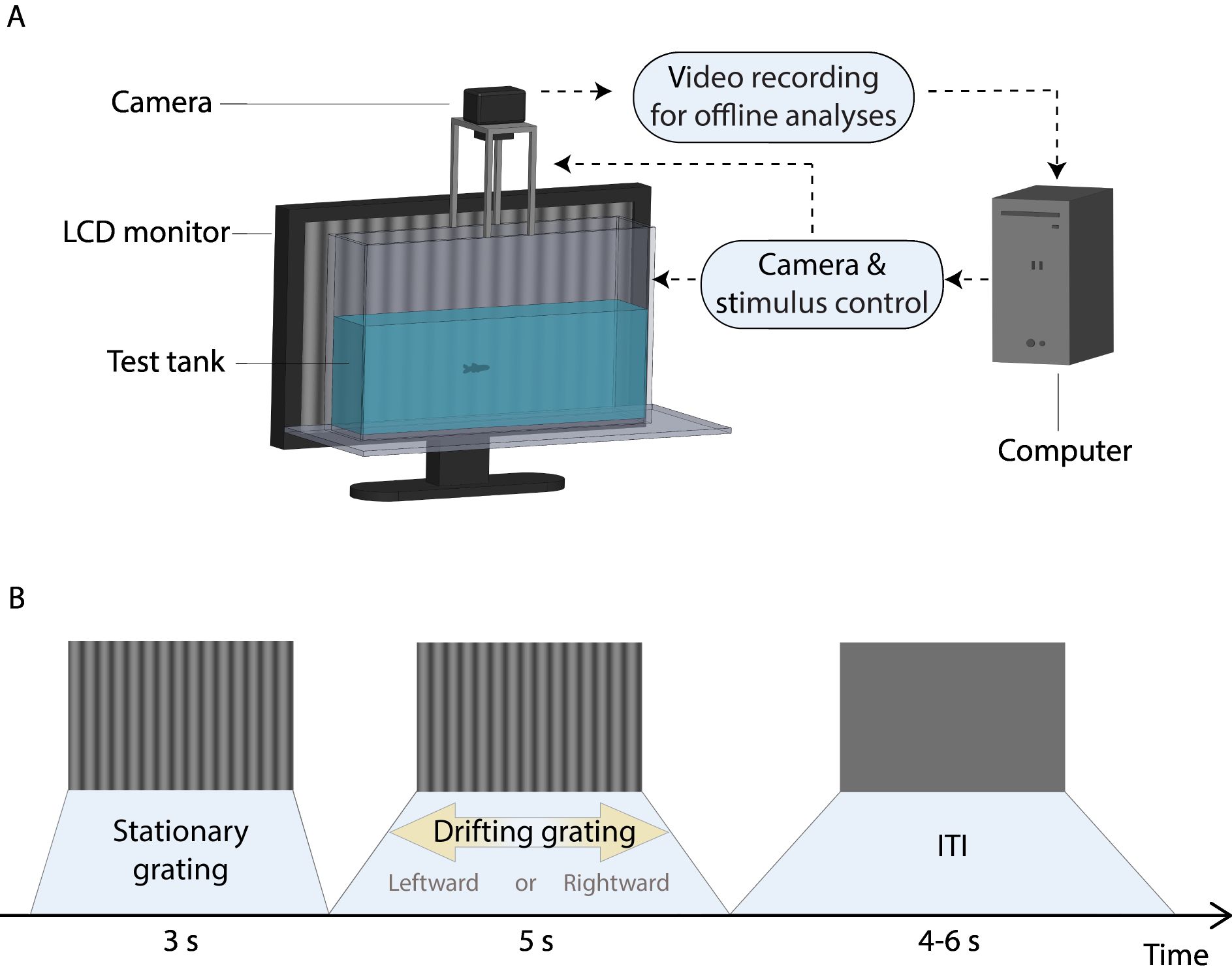Our graduate student Ayşenur Karaduman published a Research Article in Neurobiology of Aging. In this study, she comprehensively investigated motion detection during aging by using the Zebrafish model. The findings revealed a complex relationship between visual motion properties and the cholinergic system during neural aging. For further information, please visit: https://doi.org/10.1016/j.neurobiolaging.2020.10.018
Abstract
Understanding the principles underlying age-related changes in motion perception is paramount for improving the quality of life and health of older adults. However, the mechanisms underlying age-related alterations in this aspect of vision, which is essential for survival in a dynamic world, still remain unclear. Using optomotor responses to drifting gratings, we investigated age-related changes in motion detection of adult zebrafish (wild-type/AB-strain and achesb55/+ mutants with decreased levels of acetylcholinesterase). Our results pointed out negative optomotor responses that significantly depend on the spatial frequency and contrast level of stimulation, providing supporting evidence for the visual motion-driven aspect of this behavior mainly exhibited by adult zebrafish. Although there were no significant main effects of age and genotype, we found a significant three-way interaction between contrast level, age, and genotype. In the contrast domain, the changes in optomotor responses and thus in the detection of motion direction were age- and genotype-specific. Accordingly, these behavioral findings suggest a strong but complicated relationship between visual motion characteristics and the cholinergic system during neural aging.
